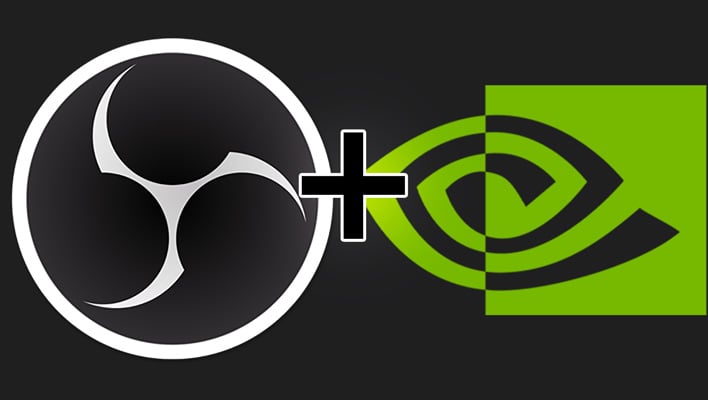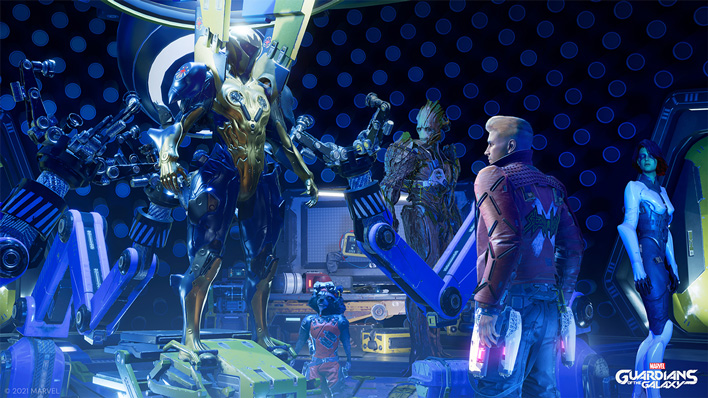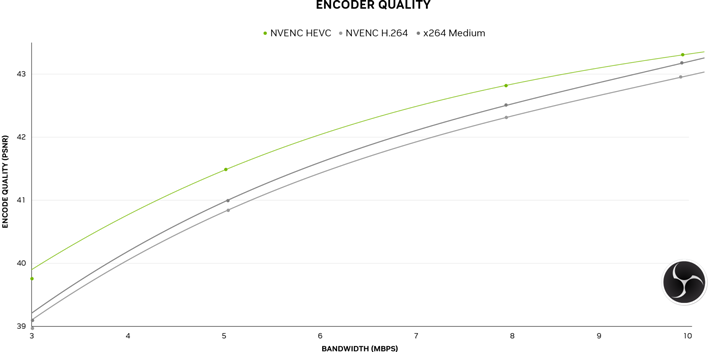NVIDIA Infuses OBS With AI-Powered Stream Features For 10th Anniversary 28.0 Update

The new 28.0 update for OBS brings a mountain of changes, improvements, and fixes. The most apparent change is to the default interface with its theme called Yami, now on Qt 6. The new look is significantly more modern and polished looking, with better support for high resolution displays. As a side-effect, plugins built for the older Qt 5 interface may not be supported until their developers can provide an update.
The new version of OBS also drops support for older operating systems. This includes Windows 7 and 8, MacOS 10.13 and 10.14, Ubuntu 18.04, and 32-bit OS’s in general. We find it hard to imagine many users with computers targeting those versions are trying to stream with the new features anyway, but it is worth a mention.
What can users now do with version 28.0? The update brings native AMD AMF encoder support, native Apple Silicon support, per-application audio on Windows, optional separate video mixes for the virtual camera, the aforementioned NVIDIA Broadcast integrations, automatic split recordings, chat support for YouTube, and a lot more. Check out the full changelog here.
We want to quickly cover the specific NVIDIA Broadcast features that are now baked in. The new to OBS features allow streamers to use a virtual background without needing an actual greenscreen. Users can similarly leverage AI to reduce or eliminate background sounds from their broadcast. This is particularly useful on hot days where an AC unit may be running at full-tilt. These features do require an Nvidia GeForce RTX GPU to use.
NVIDIA is also enabling users to stream with HEVC or H.265 hardware encoding. This supports HDR including tone-remapping to SDR for compatible platforms like YouTube. In effect, streamers can play in HDR and output their stream in SDR if they so choose, or keep HDR across the pipeline. The HEVC support is said to improve video compression by up to 15%, meaning higher quality at lower bandwidths.
As of this writing, the OBS website is still offering version 27.2 but the full 28.0 release is expected to appear today. If you are feeling impatient, there is a 28.0 release candidate available for download on 27.2.4Github here.



